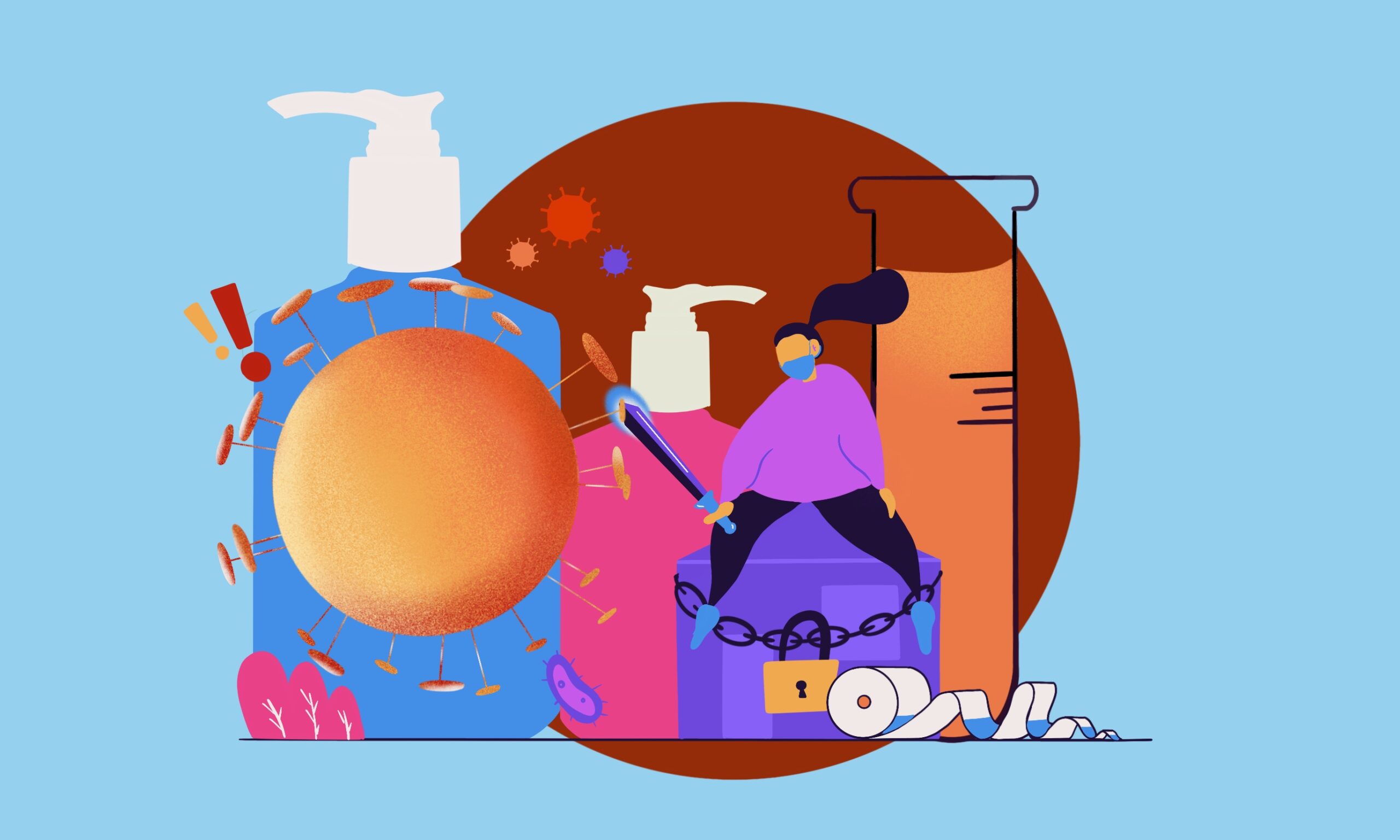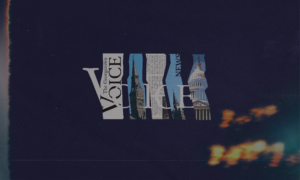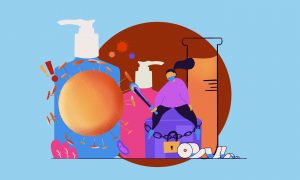D.C. residents with iPhone and Android smartphones began receiving push notifications encouraging them to opt into a new mobile exposure notification system on Oct. 20.
The contact tracing system makes use of the Apple-Google Exposure Notification Application Programming Interface (API) which was first made available in May. Residents who have the software enabled will receive a notification if they have recently been in contact with someone who has tested positive for COVID-19.
Residents with iPhones that operate on iOS 13.7 or later will not need to download a separate app as the software works through the exposure notification express. The software can be activated in the phone’s settings app, which will lead the user through the onboarding process. Android users will need to download the D.C. CAN app from the Google Play Store in order to use the contact tracing software. D.C. joins about 14 other states in implementing contact tracing apps based on the Apple-Google API. Countries including Italy, Switzerland, Germany, and Saudi Arabia have utilized similar apps.
According to Mayor Muriel Bowser’s announcement, the exposure notification software uses anonymous Bluetooth identifiers to track interactions. Phones with the software activated will automatically exchange identifiers if they recognize that people have been in contact for an extended period of time that could lead to an exposure. Once someone tests positive for COVID-19, they will be required to record their diagnosis on the app and verify it with a code provided by the D.C. Contact Trace Force.
The software will then collect a list of Bluetooth identifiers for those who report a positive diagnosis. This list will then be shared to individual phones where the software will compare the record of interactions over the last 14 days with positive diagnoses. Any individuals who have been in close contact with someone who has tested positive will be notified and given a list of suggested steps to take. No other identifying information will be shared with this notification.
One of the largest concerns for many residents is the potential privacy risks related to contact tracing. However, no data is collected unless the user has explicitly activated the software and agreed to participate. Diagnoses will also only be shared with the user’s separate, explicit consent. According to Apple, the data collected with the software will only be shared with public health officials if a user reports a positive diagnosis or if a user has received a notification of possible exposure. This information will include only the day the contact occurred, how long it lasted, the Bluetooth signal strength of that contact, and the type of report. Apple and Google will not have access to any identifying information or location data. To prevent identity tracking, the Bluetooth identifiers are random and rotate every 10-20 minutes. Users also have the option to turn off the software at any time in settings.
Since the United States does not have a national app strategy, the development of these notification exposure systems falls to state and local governments. In early October New York Governor Andrew Cuomo announced that New York, New Jersey, Delaware, and Pennsylvania apps would be able to exchange notifications. However, as of now, the D.C. app will not be able to communicate with any of the neighboring states to track cross-state line exposure. The app currently used in Virginia, COVIDWISE, uses a different technology than the Apple-Google API and is therefore not compatible with the D.C. app. Maryland has not yet implemented a system for contact tracing.
The largest obstacle limiting the effectiveness of contact tracing apps is its optional opt-in nature. Though states hope that as many people as possible will download the app, many will choose not to use the software. As Dr. Isobel Braithwaite from the UCL Institute of Health Informatics wrote, “the systems will require large-scale uptake by the population and strict adherence to quarantine advice by contacts notified to have a significant impact on reducing transmission.” Without the mass use of this software, a large number of potential exposure situations will be missed.
The software is also limited to iPhones and Android phones—two expensive pieces of technology—creating a socioeconomic barrier to access the system. Braithwaite pointed out “too much reliance on automated contact tracing apps may also increase the risk of COVID-19 for vulnerable and digitally-excluded groups such as older people and people experiencing homelessness.”
Though it does not replace other precautions against COVID-19, the D.C. government is hoping this new step will prevent rising cases. Bowser has been encouraging D.C. residents on Twitter to opt into this software if they are able in order to increase the effectiveness of the contact tracing software.




